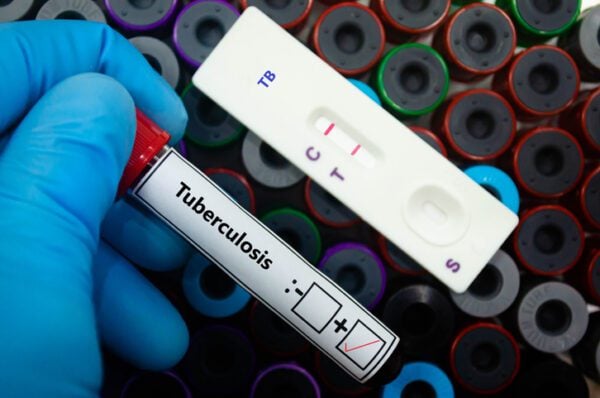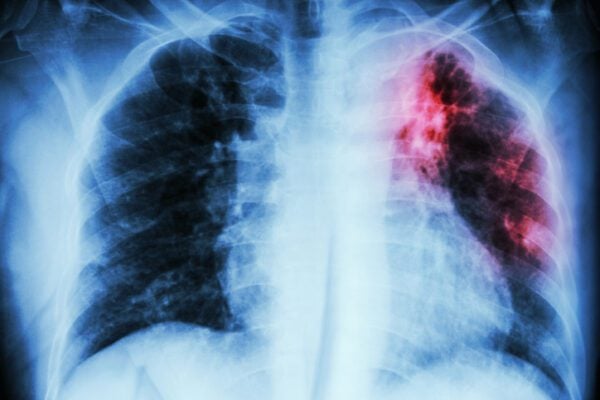Tuberculosis (TB), a disease many consider a relic of the past, is staging a quiet resurgence.
Cases have been climbing steadily across the U.S., with 10,347 cases provisionally reported in 2024, a significant increase from 8,332 cases just two years earlier. But what does this mean for Hoosiers, and how can we protect ourselves?
What is tuberculosis?
TB is an airborne bacterial infection primarily affecting the lungs. The disease spreads when someone with active TB coughs, sneezes or speaks, releasing bacteria into the air. In Indiana’s urban and rural areas, factors such as crowded living conditions and limited access to healthcare heighten the risk of infection.

Recognizing the signs
TB can lurk silently in the body for years. This latent form shows no symptoms but can progress to active if left untreated. When active, TB manifests with troubling symptoms, including:
- Persistent cough lasting three weeks or more
- Chest pain
- Coughing up blood or sputum
- Fatigue or weakness
- Weight loss and loss of appetite
- Fever, chills and night sweats
If you or someone you know experiences these symptoms, especially after close contact with a TB patient, seek medical attention immediately.

Who is at risk?
Certain groups are more vulnerable to TB, including:
- Individuals with compromised immune systems
- People living in shelters, correctional facilities or other communal settings
- Close contacts of active TB patients
- Residents in low-income or rural communities where healthcare access may be limited
Protecting yourself and your loved ones
Stopping the spread of TB requires community-wide efforts. Here’s how you can help:
- Routine testing: High-risk individuals should undergo regular TB screening. Early detection is critical to preventing the disease’s progression.
- Proper ventilation: Adequate airflow in homes and workplaces can reduce bacterial concentrations in the air.
- Hygiene practices: Cover your mouth and nose when coughing or sneezing to minimize germ spread.
- Complete treatment: Finishing the prescribed medication course is essential if diagnosed with latent or active TB. Incomplete treatment can lead to antibiotic-resistant strains.

The role of latent tuberculosis
Latent TB, when the bacteria remain dormant in the body without causing illness, is often overlooked. However, untreated latent infections can develop into active disease, particularly in individuals with weakened immune systems. Treating latent TB is one of the most effective ways to reduce future cases.
To learn more about tuberculosis, including prevention and treatment options, visit the Marion County Public Health Department website at marionhealth.org.
This reporting is made possible by a grant from the Indianapolis African-American Quality of Life Initiative, empowering our community with essential health insights. https://iaaqli.org/
Contact Health & Environmental Reporter Hanna Rauworth at 317-762-7854 or follow her on Instagram at @hanna.rauworth.
Hanna Rauworth is the Health & Environmental Reporter for the Indianapolis Recorder Newspaper, where she covers topics at the intersection of public health, environmental issues, and community impact. With a commitment to storytelling that informs and empowers, she strives to highlight the challenges and solutions shaping the well-being of Indianapolis residents.






